Meet the Winner of Architecture’s Most Prestigious Prize
Chilean architect Alejandro Aravena is the 2016 Pritzker Architecture Prize laureate
The Pritzker is considered to be the Nobel Prize of the architecture world. Now there's a new name to add to the list of the award that recognizes the profession's greats. Previously honored luminaries include Frank Gehry, Oscar Niemeyer and I. M. Pei. The Pritzker Architecture award jury announced on Wednesday that Chilean architect Alejandro Aravena is the 2016 Pritzker Prize laureate.
Aravena, a 48-year-old architect based in Santiago, Chile, is perhaps best known for what he left unfinished. In a characteristic project in a Chilean public housing project, Aravena designed unfinished buildings—essentially half-completed houses—that were then finished and perfected by the homeowners, themselves. The project was designed to meet tight budget constraints ($7,500 per house) and give the low-income residents a sense of ownership and investment.
"Instead of designing a small house," a representative from Aravena's architecture firm, ELEMENTAL, tells ArchDaily, "...we provided a middle-income house, out of which we were giving just a small part now."
This creative approach to modern architecture has already won Aravena plenty of accolades. Last year, he was named director of the prestigious 2016 Venice Biennale, one of the world's most famous exhibitions. He's been working to help rebuild the Chilean city of Constitución, which was hit hard by a 2010 earthquake and tsunami. The team he leads was given just 100 days to create a master plan for the entire city—and their ambitious scheme includes planting an entire forest to make the city less vulnerable to flooding.
His monolithic public buildings incorporate energy-efficient details, too. When the Universidad Católica de Chile asked him to build a glass tower, for example, Aravena pushed back. Though glass is a good design for a building's exterior, he reasoned, it also creates hot, greenhouse-like conditions in buildings. So he designed a glass building and then designed a building within that building made out of fiber cement to encourage hot air convection and reduce the greenhouse effect of the glass. His "Siamese Towers" are now one of Santiago, Chile's most graceful—and energy-efficent—structures.
Aravena will receive a grant of $100,000 and a swanky gold medallion as his prize, which he will accept at an award ceremony at the United Nations Building in New York this spring. Here's what the Pritzker Prize committee had to say about his work:
He understands materials and construction, but also the importance of poetry and the power of architecture to communicate on many levels....As the jury visited Aravena’s projects, they felt a sense of wonder and revelation; they understood that his is an innovative way of creating great architecture, with the best yet to come.
/https://tf-cmsv2-smithsonianmag-media.s3.amazonaws.com/accounts/headshot/erin.png)
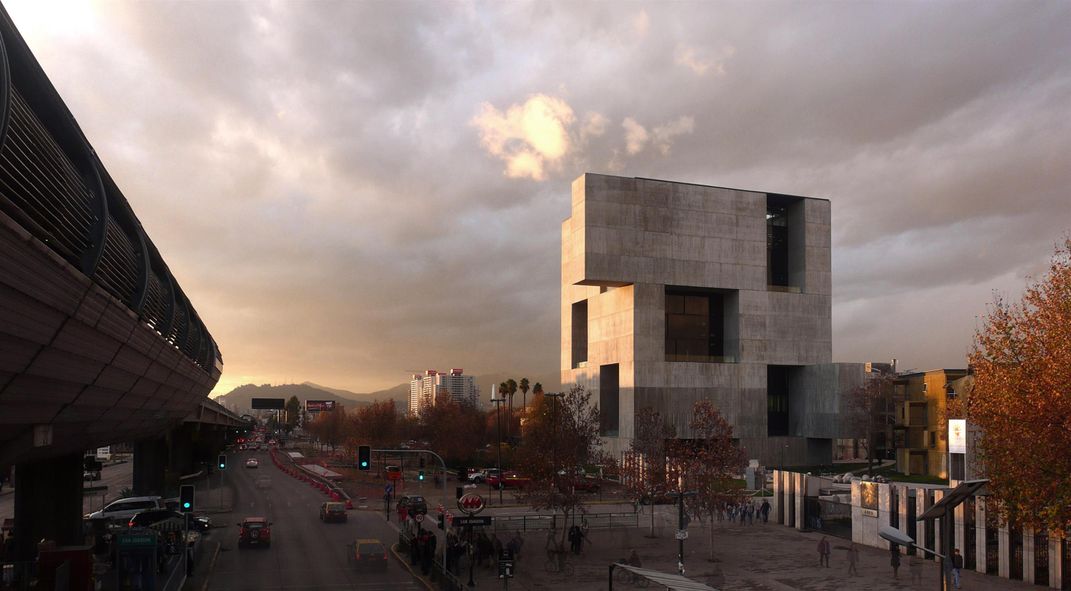
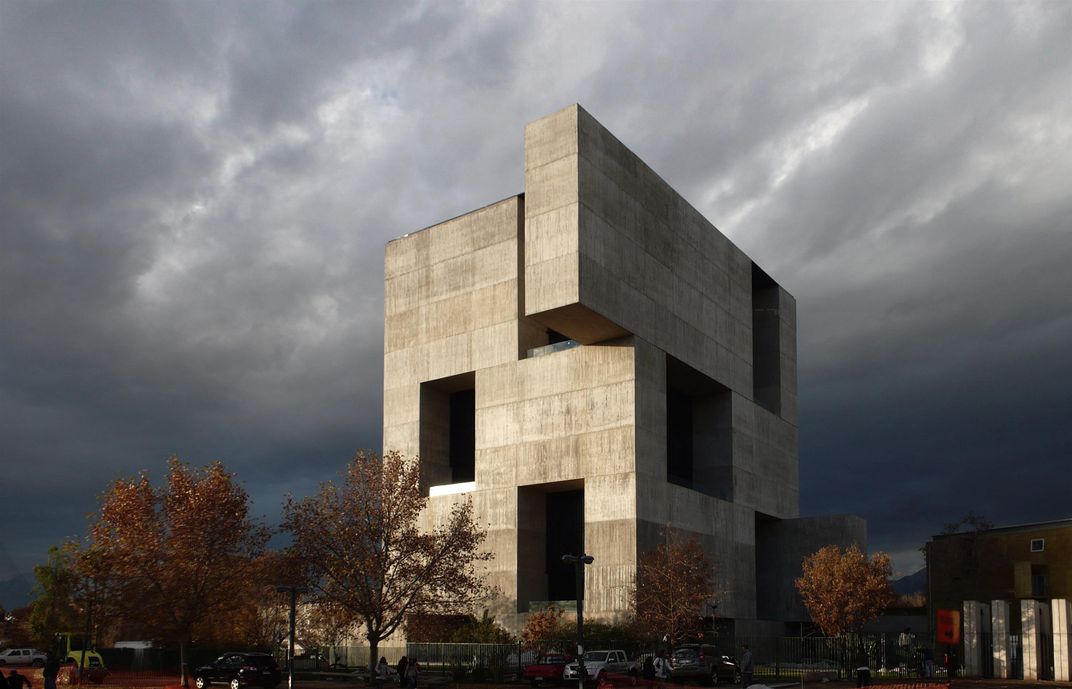
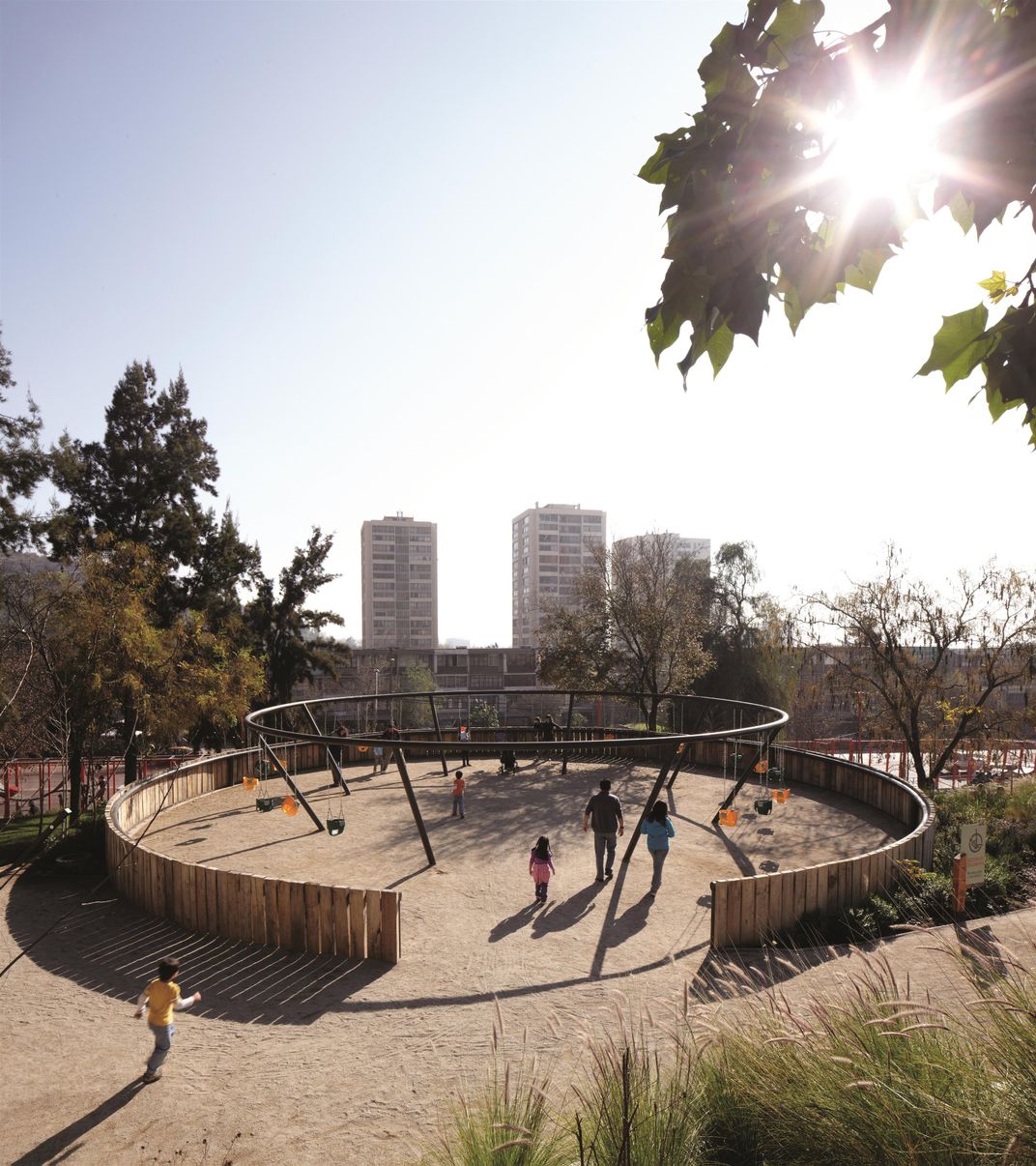
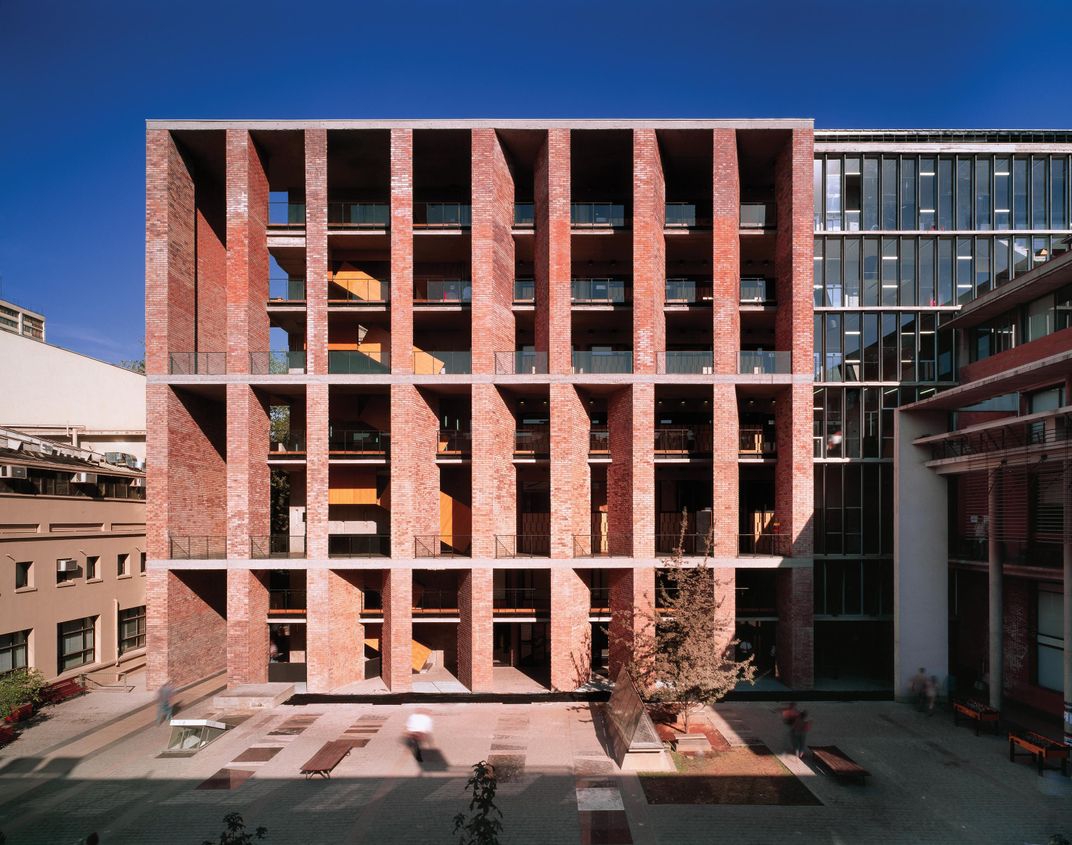
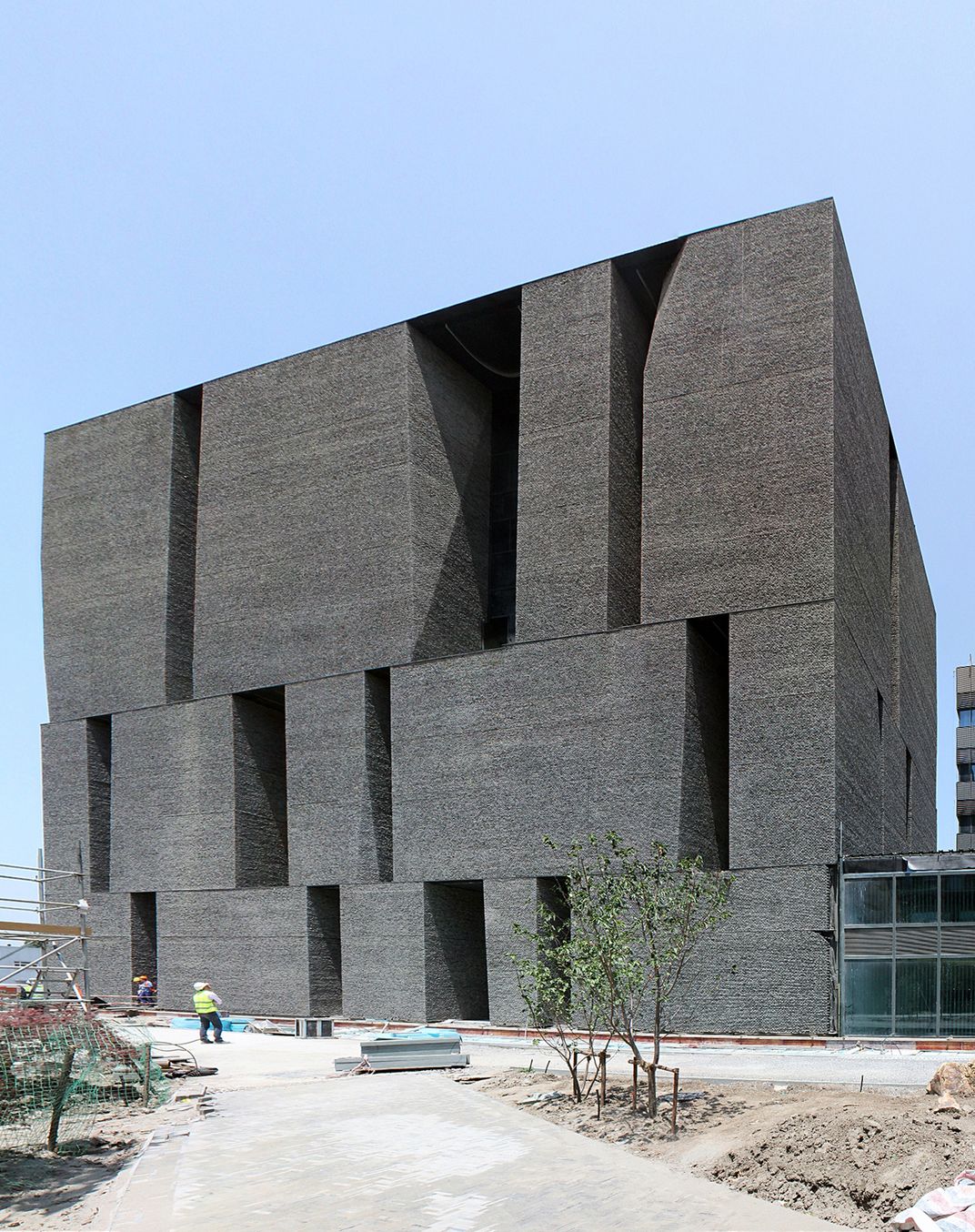
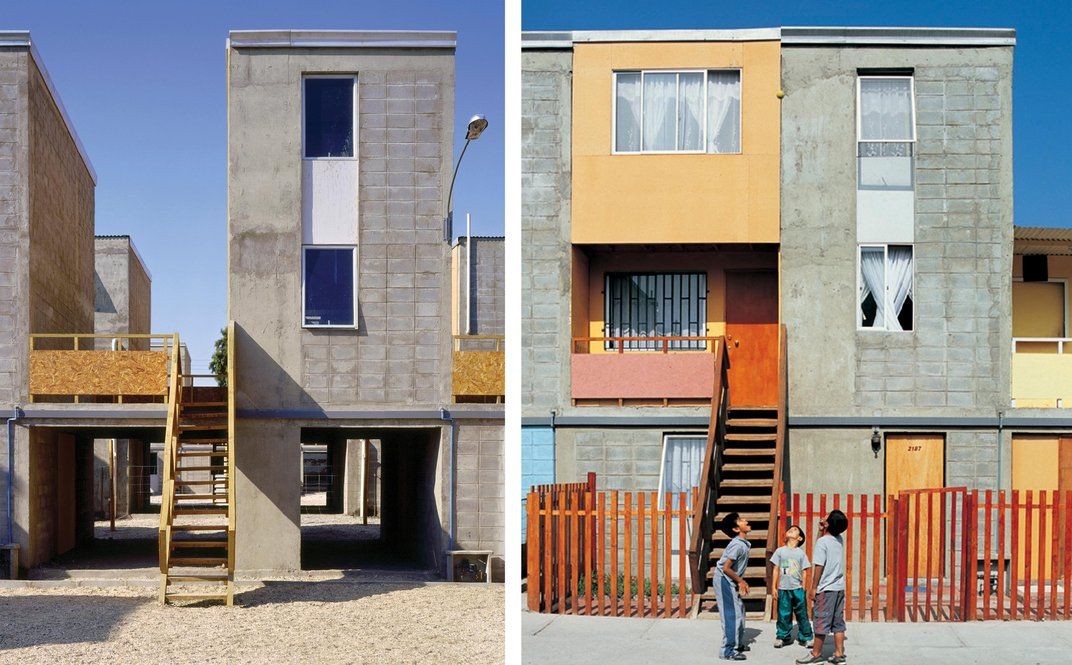
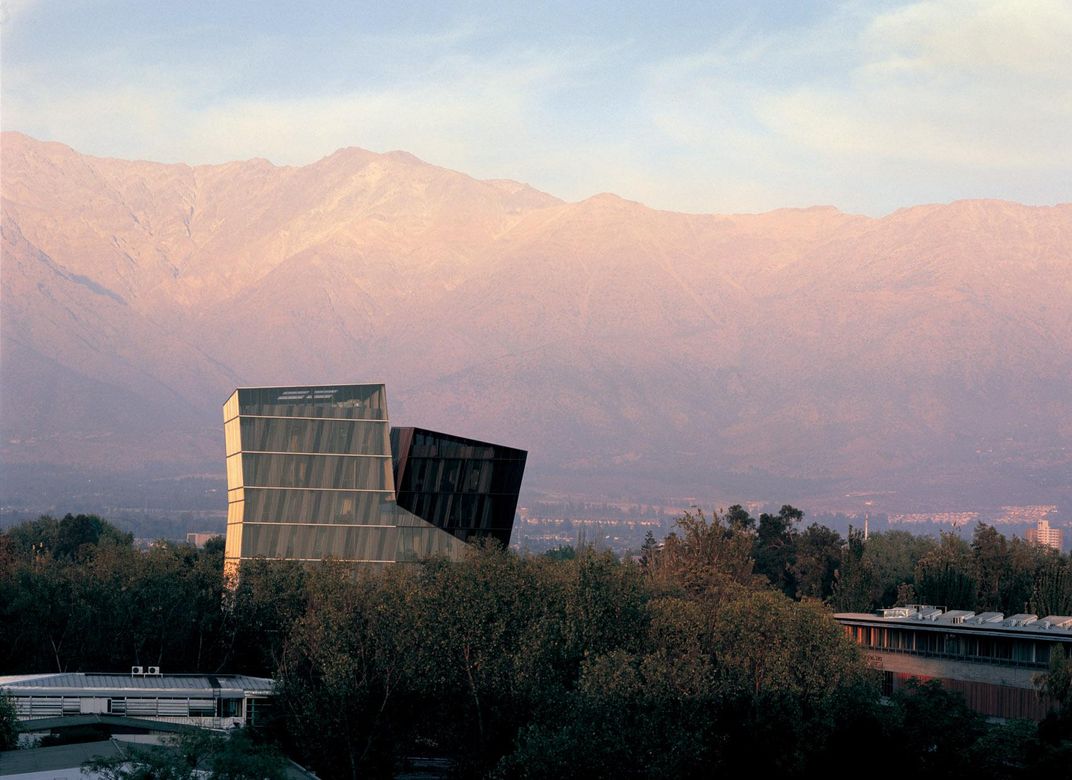

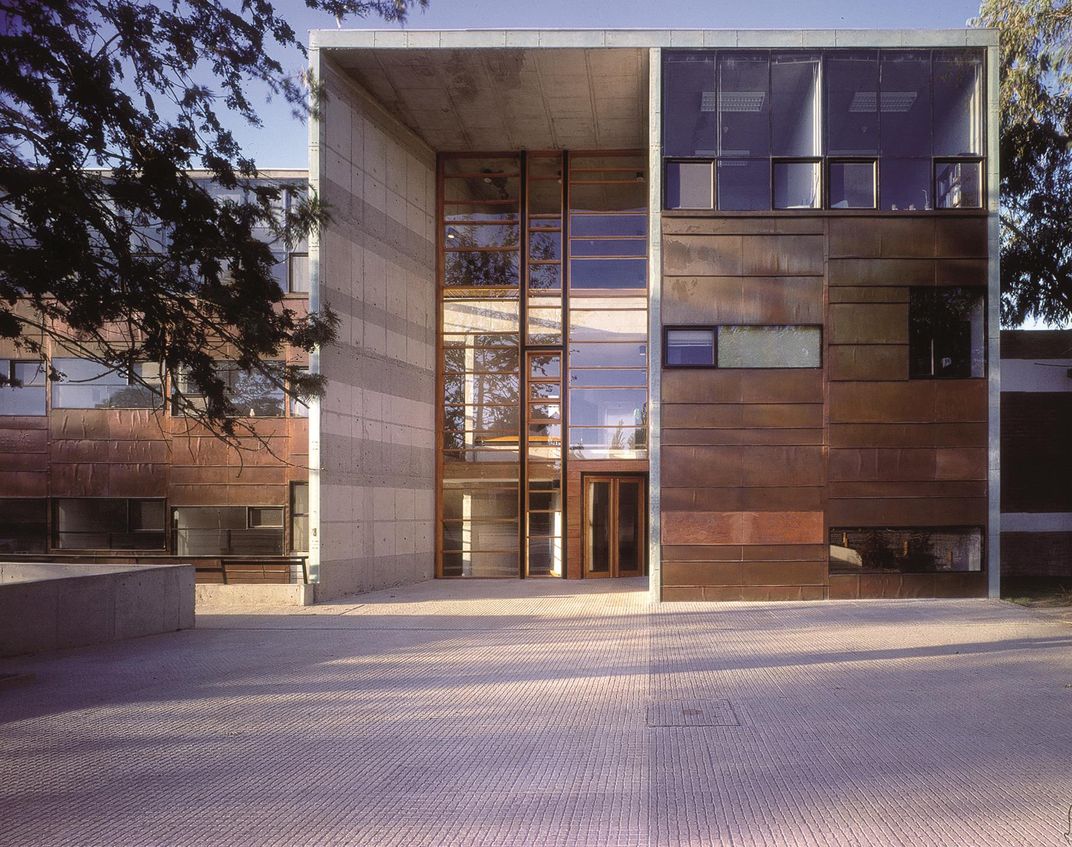
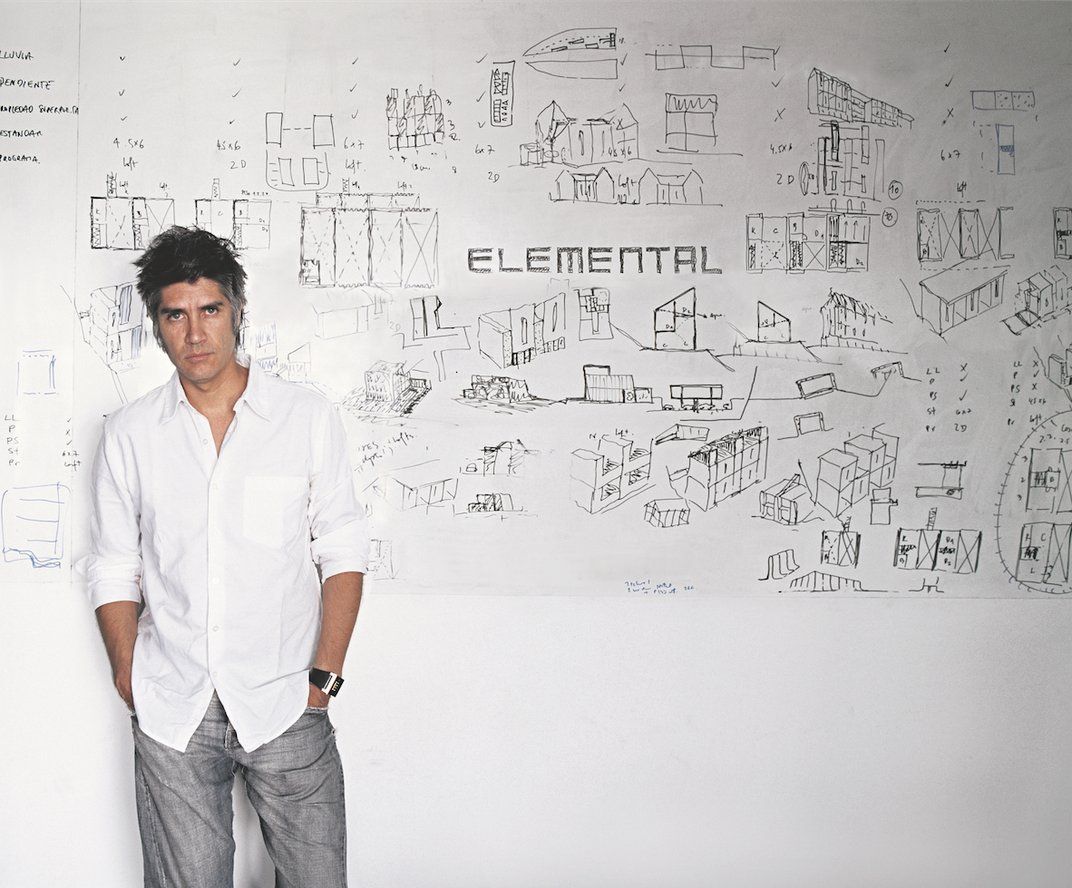
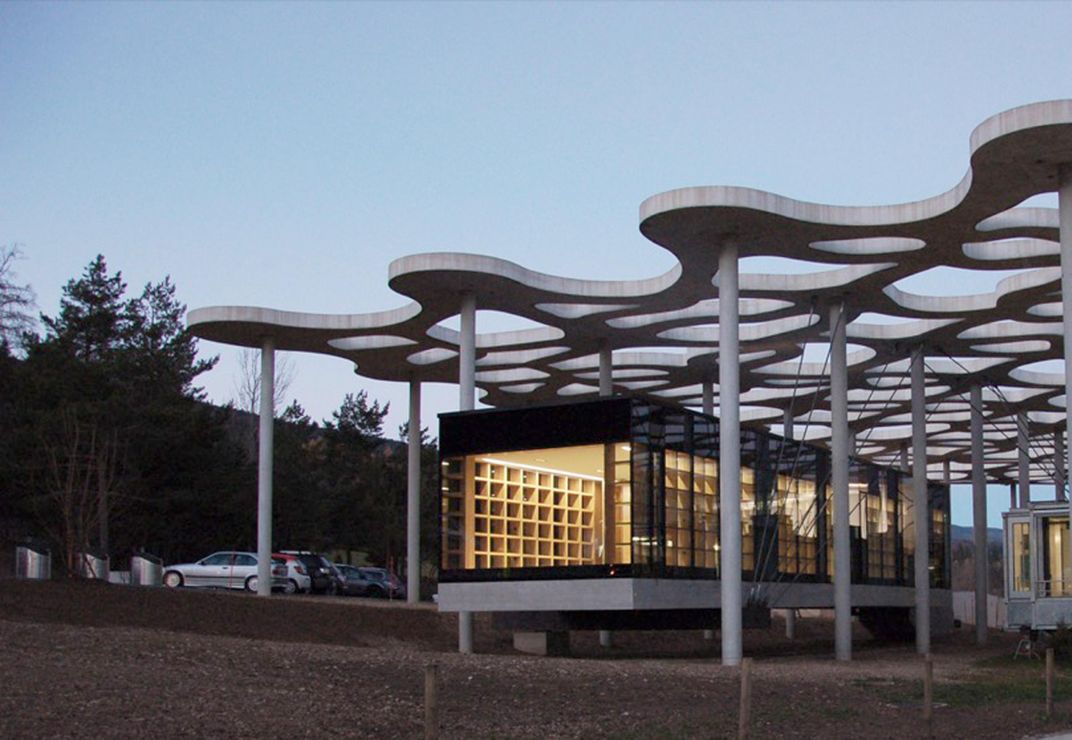
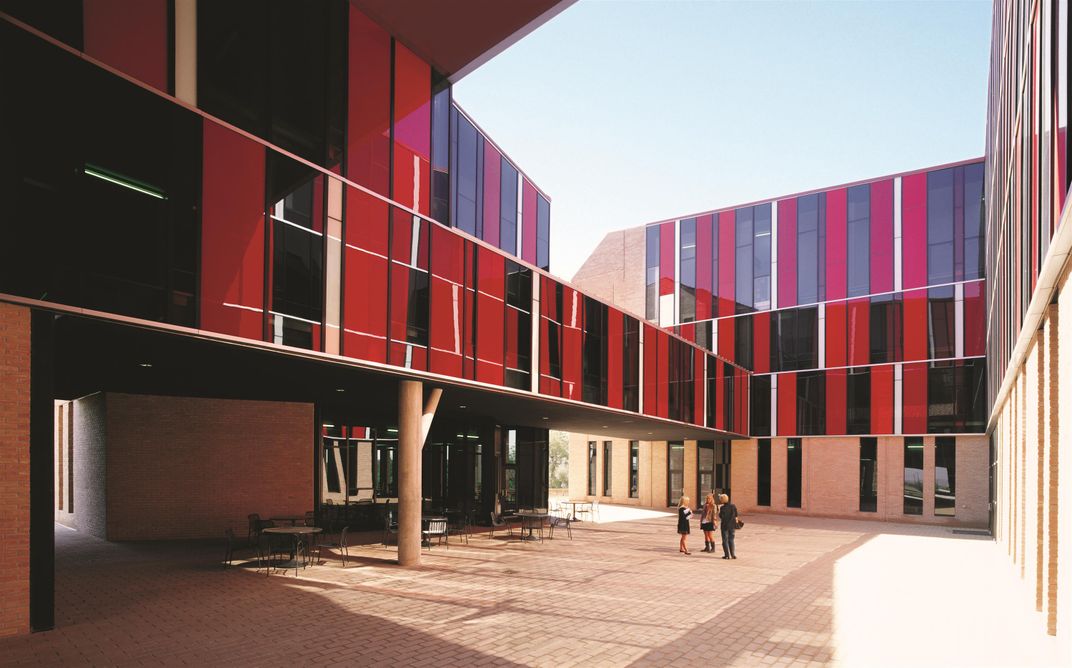
/https://tf-cmsv2-smithsonianmag-media.s3.amazonaws.com/accounts/headshot/erin.png)